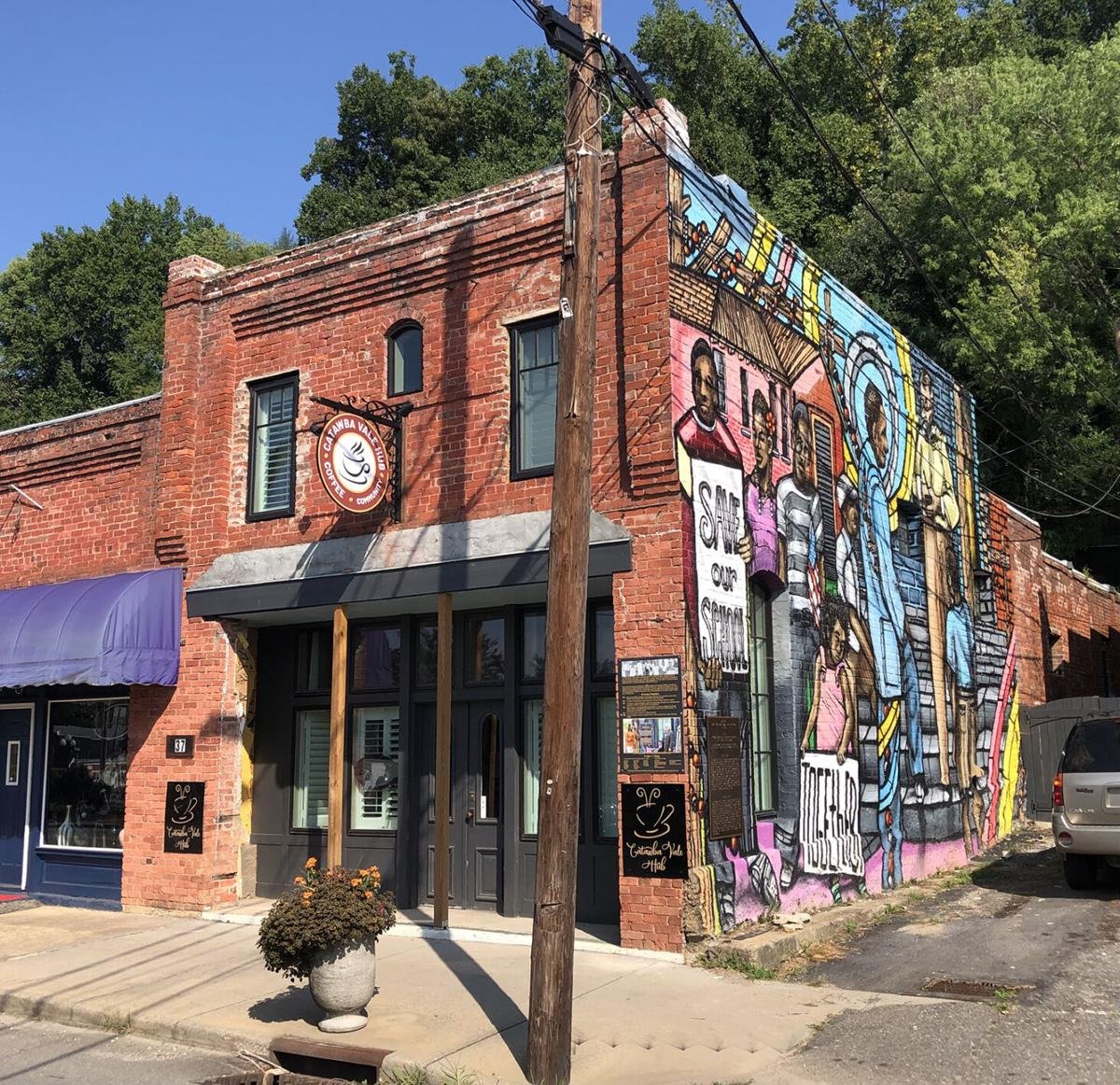Pathways to Making Mountain Towns Inclusive
Americans love mountain getaways. Ski meccas like Stowe, VT and Breckenridge, CO and artsy hideaways like Asheville, NC have been popular destinations for more than a century.
Unfortunately, these places have not always been welcoming to members of underrepresented groups. To change that reality, mountain towns need to acknowledge their history and take proactive steps towards accessibility and inclusion.
The root of the exclusion problem lies in the history of settler colonialism, racism and ableism that defined many small mountain communities. Segregation, a lack of diversity in local government and ableist infrastructure were among the obstacles to inclusiveness created by that history. Communities that want to become more welcoming must acknowledge both the impediments and the history behind those issues. Only then can the town move forward with intentionality
Recommendations for boosting inclusion and accessibility:
Provide transportation options. Some people with limited resources or disabilities may view mountain towns as inaccessible due to a lack of transportation. A town’s surrounding natural attractions might prove equally unreachable for people, including local residents, who lack private vehicles.
To remove this impediment, government should seek to create public transit access to mountain towns and the surrounding points of interest. Seattle’s Trailhead Direct is an excellent example of what is possible. Trailhead Direct, a joint project of King County’s transit and parks departments, carries people from the city to popular nearby hiking destinations.
Nurture new businesses. Creating small business incubators and other programs to support small entrepreneurs from underrepresented groups can strengthen the business community and diversify its offerings. A great example of this is North Carolina based nonprofit Eagle Market Streets Development Corporation’s New Catawba Vale Business Hub in Old Fort, NC.
Support affordable housing. Yes, this is largely a supply-and-demand reality, especially in the trendiest mountain areas. Anything the local government can do to boost the stock of affordable housing will help make their town more accessible to more visitors, and add diversity to the local workforce and community.
Employ inclusive signage and language. It’s not just what you say, but how you say it. Signage and customer-facing interactions should embrace and reflect the whole community. Watch out for terms, including place names, that might be dated,offensive or exclusionary.
Elevate Indigenous voices. Most every mountain town sits on land once occupied by native people, land that was perhaps forcefully taken from them. It is important to honor this history and respect the heritage of the descendents of those who lost their land. This means identifying any sites of tribal importance, seeking out tribal consultation and leadership, hiring native lands specialists, understanding the culture of the local indigenous peoples, and commemorating their experience, perhaps even formally apologizing for the wrongs they may have suffered.
Mountain communities seeking to boost boost access, inclusion and equity might benefit from some of Together Outdoors’ programs, including the Resource Hub Beta, a powerful online source of curated resources dedicated to helping people understand how we can build an outdoor community where everyone belongs, and the soon-to-debut Inclusive Spaces Learning Network training program.





